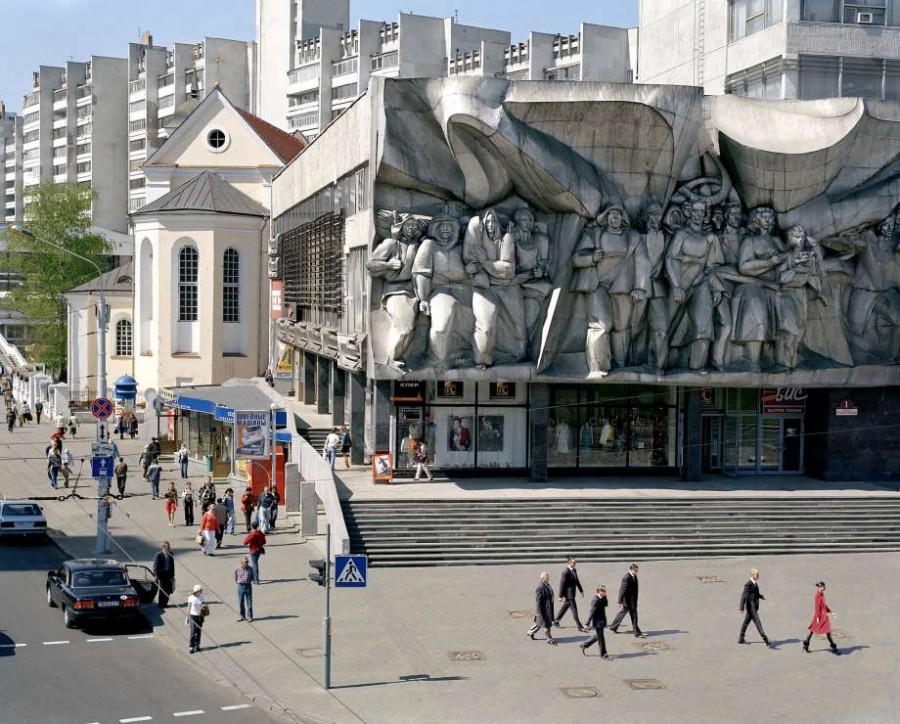In essence, an art museum on Minnesota Street
by Charles Desmarais
What would you call a venue that presents, all at the same time, some 15 substantial art exhibitions, as well as education and social events? It is difficult to think of the Minnesota Street Project in San Francisco as anything but a hyper-challenging, always entertaining museum.
It’s not a museum, but here is a list of just some of the current offerings: an up-to-the-minute program of filmic contemplations on race by one of today’s most sought-after American artists (Carrie Mae Weems); an invigorating pairing of enigmatic artists from the mid-20th century (Francis Picabia) and today (Sigmar Polke); witty, laboriously hand-carved wooden replicas of cheap plastic seating by a young South African (Cameron Platter); little-seen commercial work by an artist best known for his ruminations on photographic truth (Larry Sultan); a reinterpretation of a well-known installation-cum-performance from the 1980s (originally by Sultan and Mike Mandel); a show of serious political works by distinguished artists, pitched as an interactive project to young audiences (“Rise Up! Art as Action”). Add to these, nine additional one-person shows, all at a high standard of artistic quality.
Minnesota Street Project is a complex housing art galleries, most of which offer objects for sale. That commercial aspect of exhibition planning must be kept in mind — organizers hope that we will buy — but it’s also what supports another appealing feature of the place: Virtually all events are free.
The round of exhibitions currently on view will provide as satisfying an afternoon of art viewing as you will experience anywhere.
When MSP opened last year, it was not entirely clear that its founders, Deborah and Andy Rappaport, could accomplish all they had in store for it. Indeed, a restaurant originally scheduled to open last summer was actively under construction last week.
But the number of galleries has grown as two major dealers moved into an annex space (at 1150 25th St.) down the street from the first gallery building (1275 Minnesota St.). A third, reportedly nonprofit, exhibition program will join them later this year, bringing the total exhibition space to more than 30,000 square feet (up from 22,421 one year ago).
As if the vibrant programs of the resident galleries were not more than enough, visiting galleries from around the U.S. have presented pop-up exhibitions regularly. Moreover, the complex itself sponsors lectures, events and installations. Less public, but much valued, is a subsidized studio program that currently serves 37 artists selected from among the best in the Bay Area.
